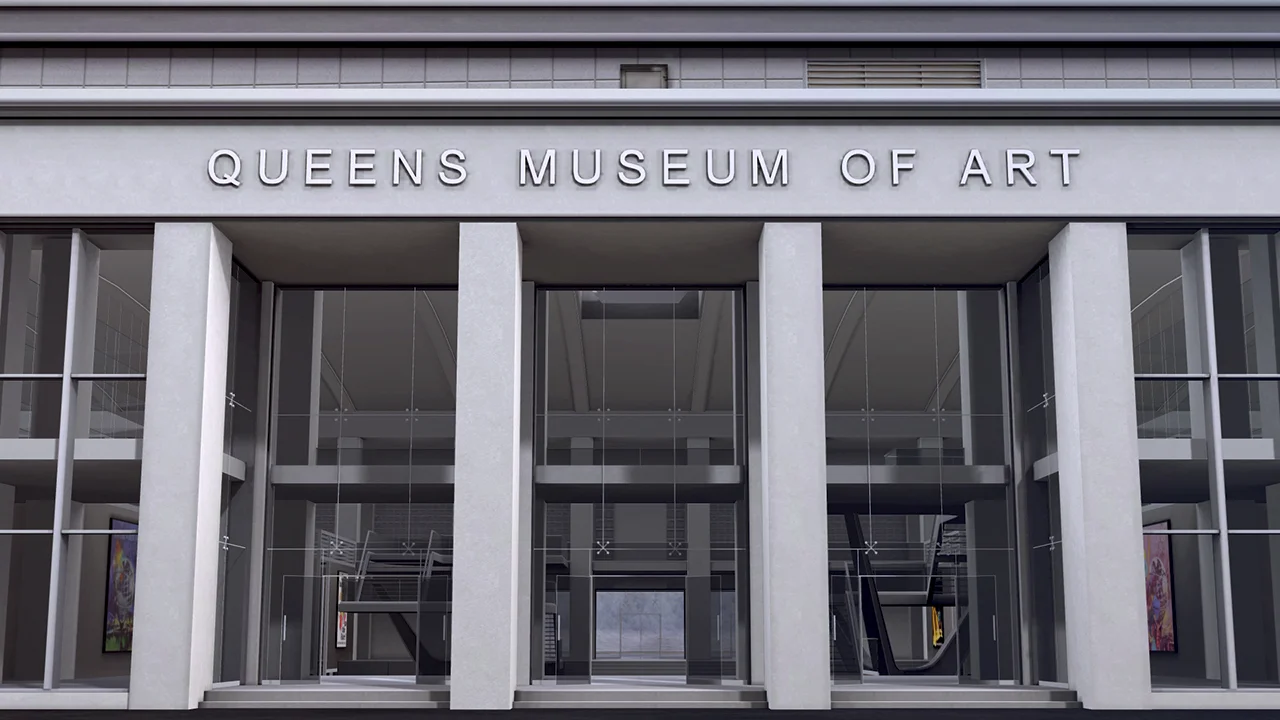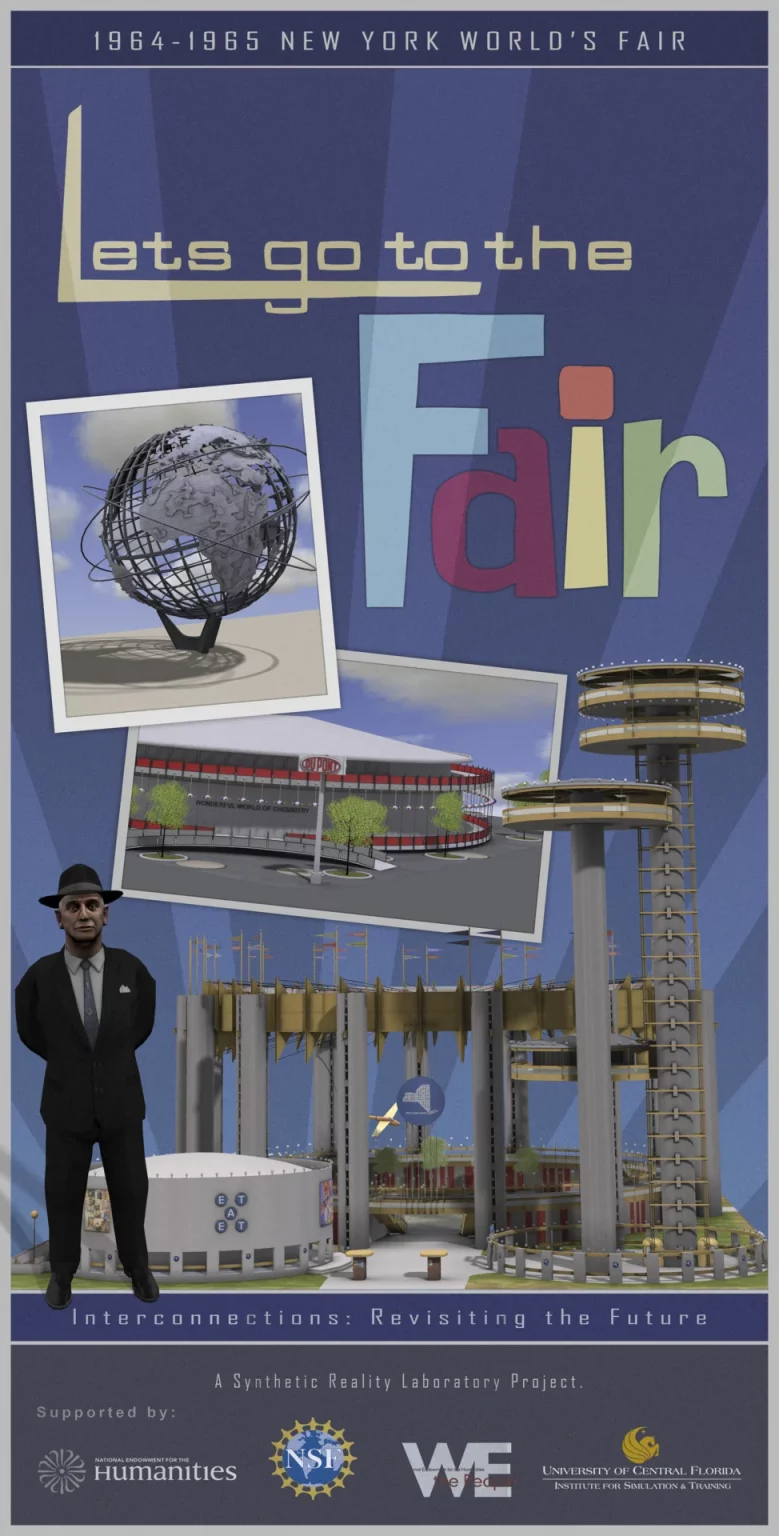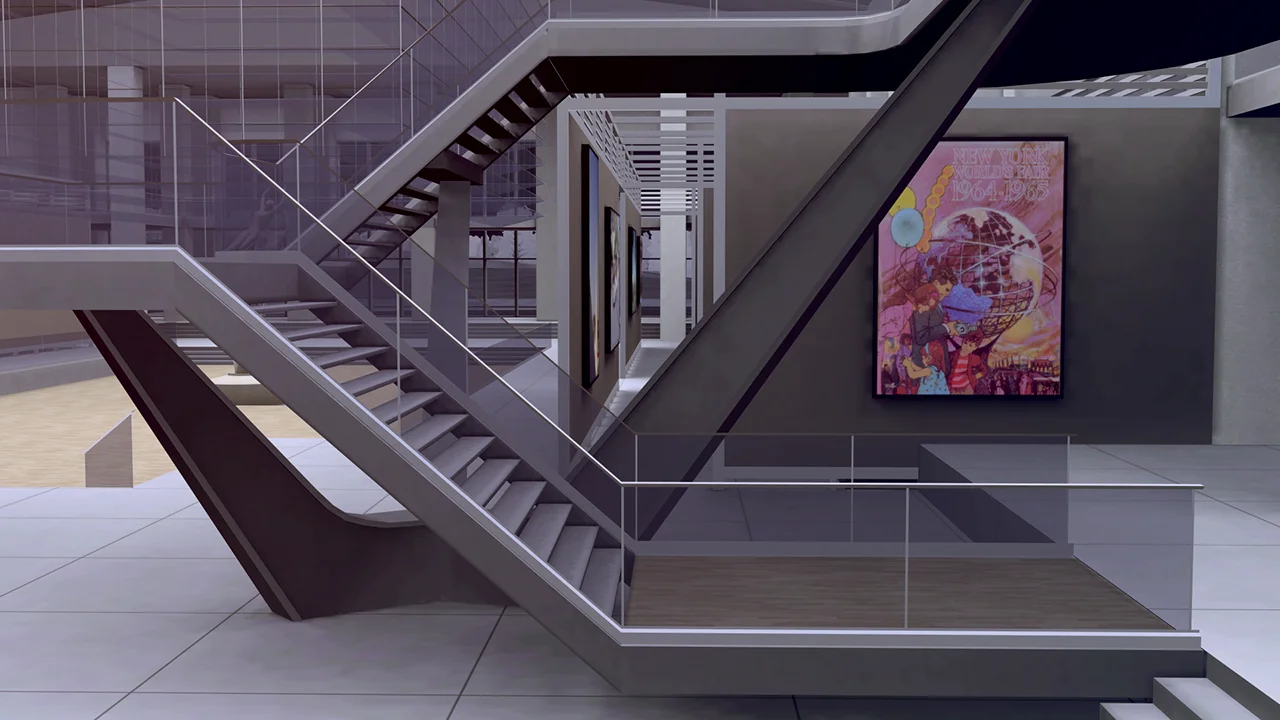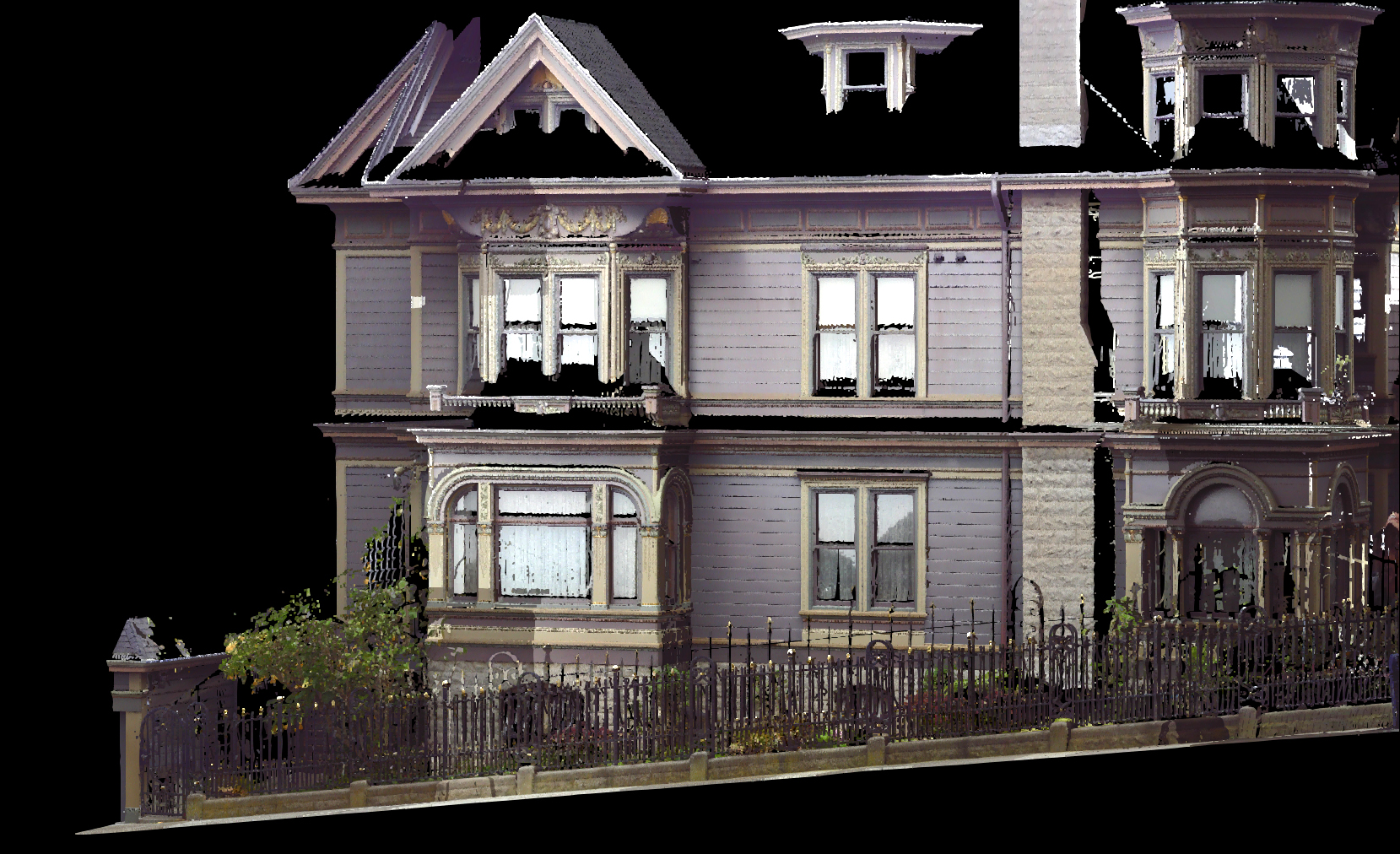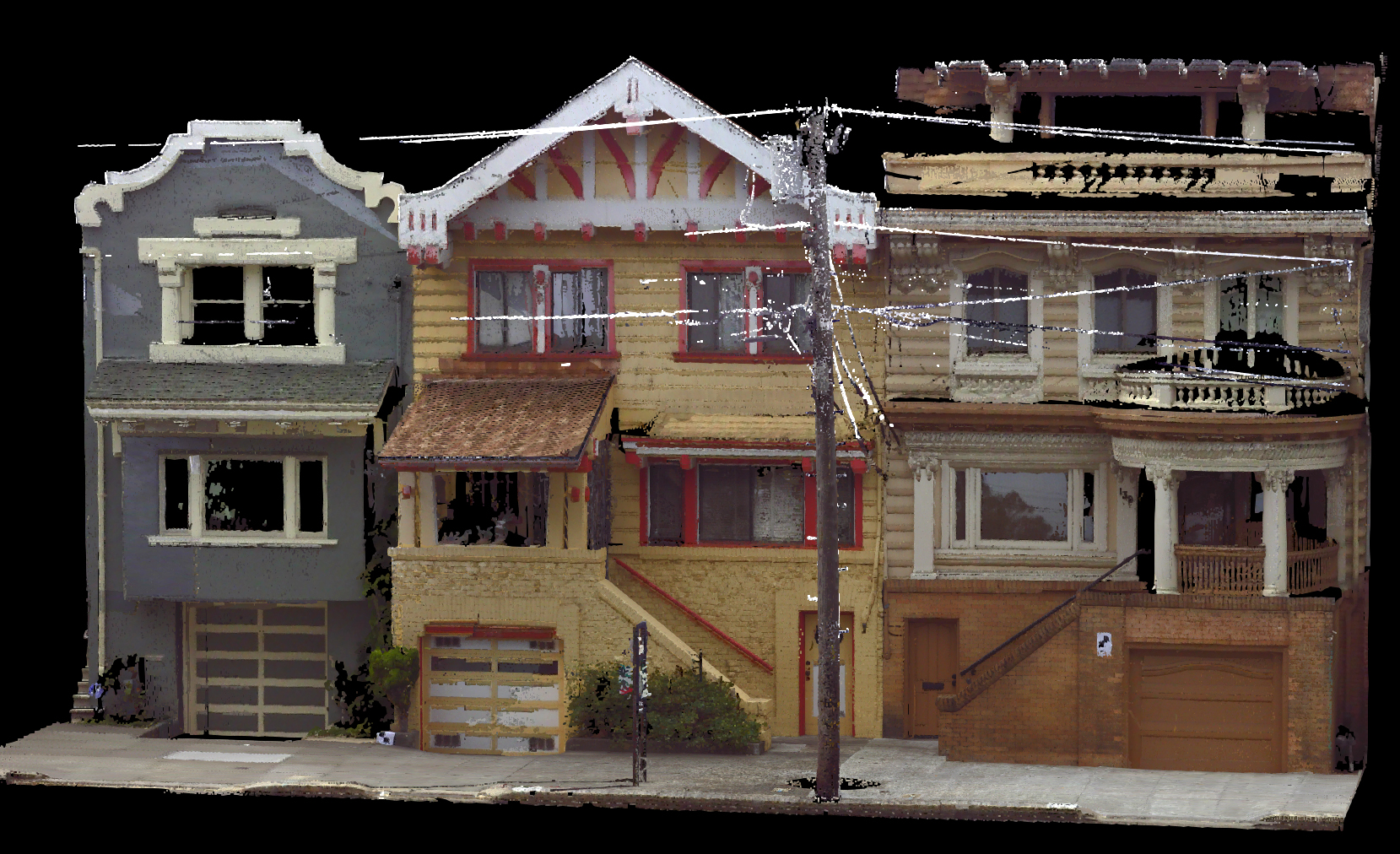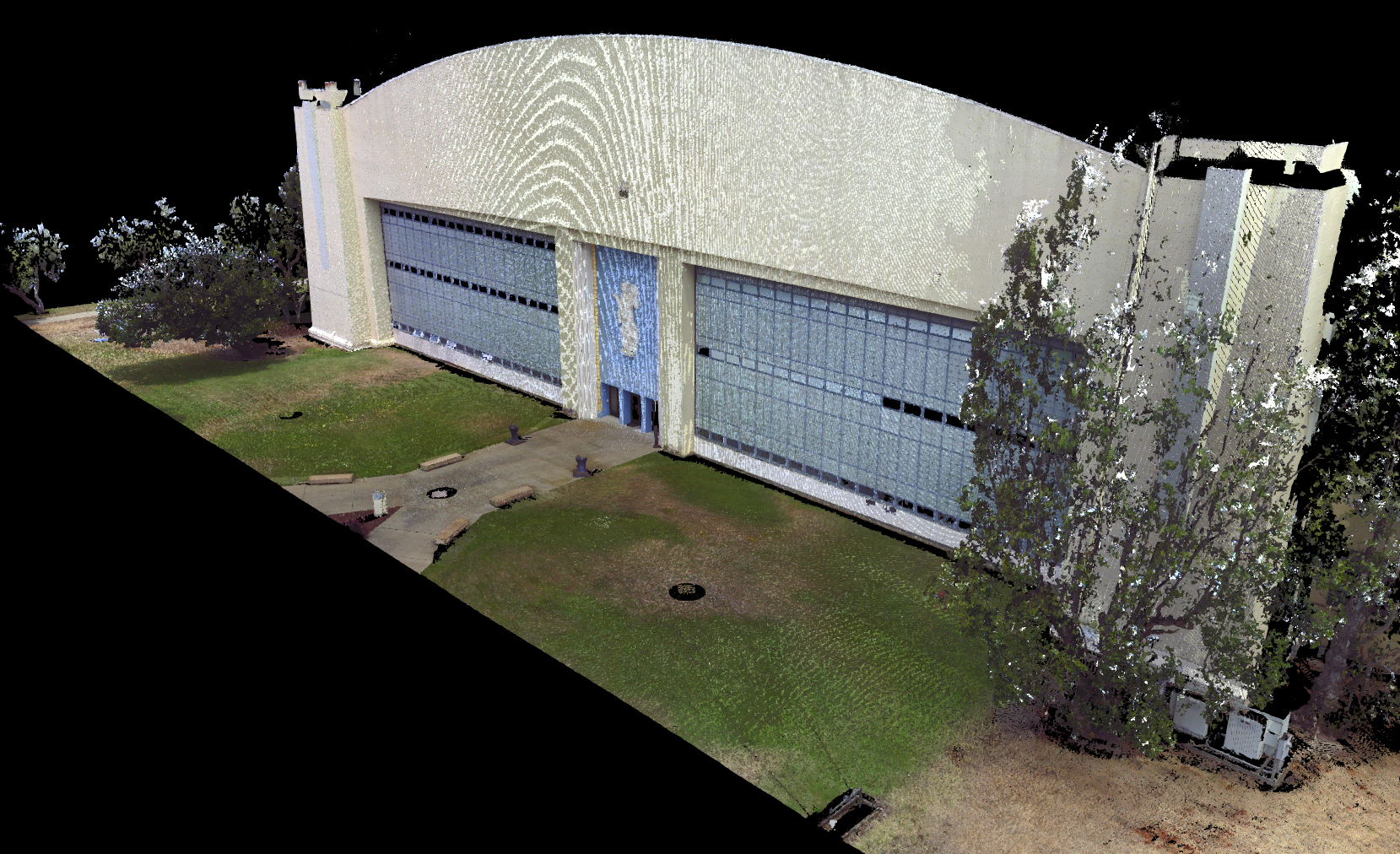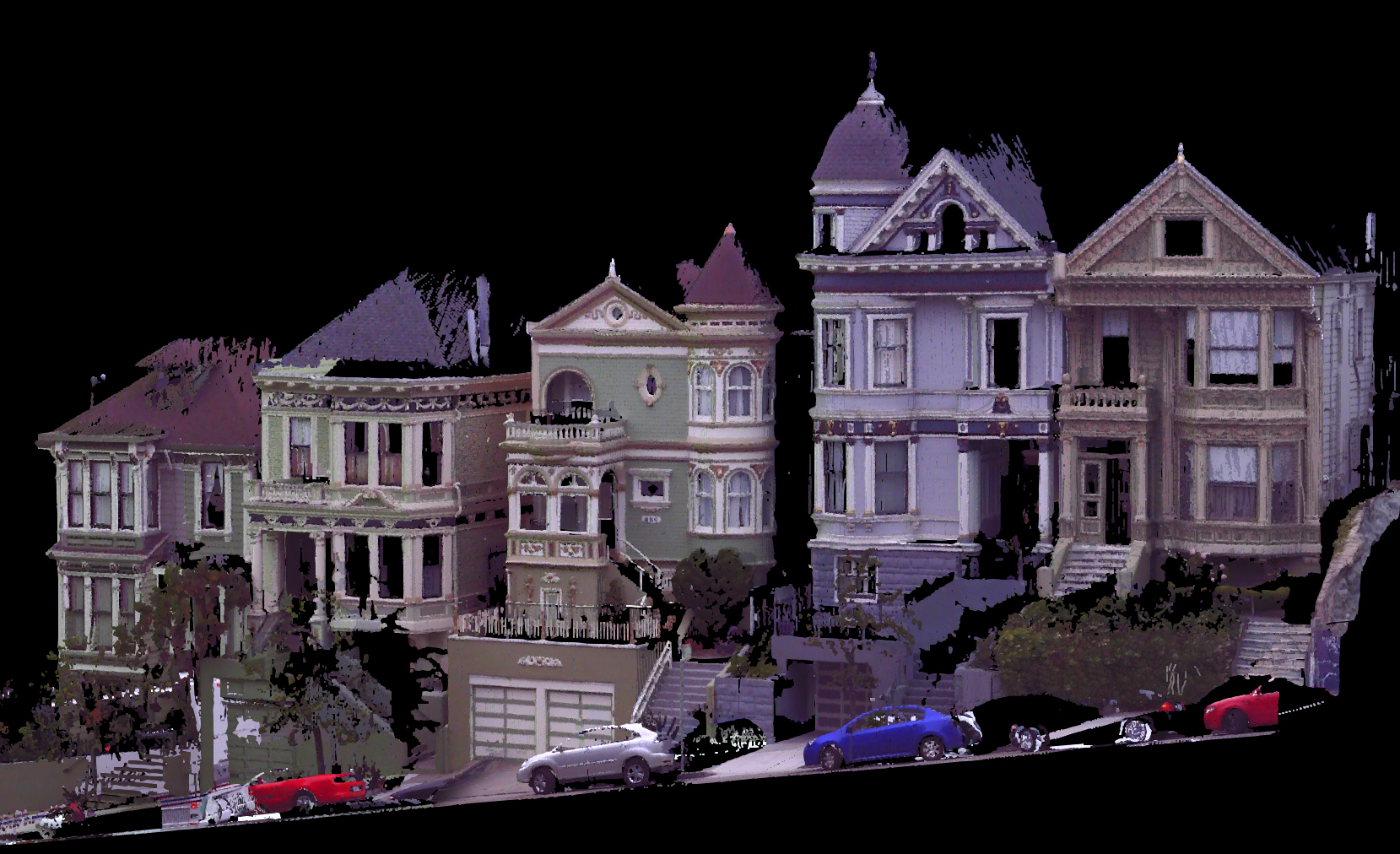SREAL is a research lab at UCF’s Institute of Modeling, Simulation, and Training that consists of researchers, software developers, Ph.D. students, and creatives. In 2010, Dr. Lori Walters secured funding from NSF and NEH foundations and recruited me as a Lead Environment Artist on ChronoLeap: The Great World’s Fair Adventure – which is a pc game that utilizes the virtual setting of the 1964/65 New York World’s Fair as an educational platform for exploring STEM content for youths 8 to 13. If you’d like to learn more about the project; I encourage you to browse this publication by Dr. Walters.
Coming onboard, I knew that ChronoLeap was an early-stage project outside the spotlight of AAA game development however, it attracted me because it offered creative and technical freedom to exercise the pipeline knowledge, skills, and experience I gained at EA 2 years prior. I took that opportunity and soon after was entrusted to lead the 3-year project as well as a team of 4 with the goal to launch the game by 2013.
In the following 3 years, our scrappy team was able to install art pipelines and develop key tools for the OGRE engine; author 100+ highly accurate pavilion models from source photography; design end-to-end gameplay experiences with learning modules for 9 immersive game levels; design marketing collateral and publish an official website; launch the game at schools and universities across the county; and install an in-person interactive experience at the New York Queens Museum of Art using an Xbox 360 Kinect as a control input.
In summary, my work on ChronoLeap reinforced my skills as an adept artist, an inventor, and an effective project manager — who can reliably drive a team to deliver high-quality content according to budget and plan. These competencies helped establish me as an effective leader and inspired me to relocate to the San Francisco Bay Area in search of advanced opportunities grounded by a mission to help people.
Shadows of Canaveral
A fun side-project I developed at SREAL with the goal to spark interest in kids in the space industry of yesteryear! This Unity web-based experience enables kids to visit a virtual Cape Canaveral of the past and learn from those who were a part of the early space programs.
Antarctic Adventure
Scott’s Hut is a project I developed at SREAL for the U.S. military for training special operations units in adverse environments.
ChronoPoints – Laser Scanning
ChronoPoints is an organization embedded at UCF’s Institute of Modeling, Simulation, and Training that’s focused on preserving and documenting the life and culture of communities through the use of laser scanning technologies.

In 2013, I joined the ChronoPoints team as a greenhorn scan specialist and quickly soaked up the workflows to produce high-quality scans using the FARO S120 & X330 scanners. On the post-production side, I learned applications such as Scene, Pointools, and Geomagic in order to process individual scans into fully registered scenes which I then used to generate engine-ready VR models. The scans and the models were ultimately used to document the sites and create online collateral for educational and preservation purposes.
With the pipelines and processes established, our team scanned some of the most striking architecture across the U.S. including the San Franciso Painted Ladies, Mission Dolores Basilica, New York State Pavilion, Unisphere, NASA’s Mercury Mission Control Center, Cocoa Beach Glass Bank, and many other notable structures that you can view below.
Reflecting on this period of my career, it was a challenge to autonomously learn concepts and tools from an up-and-coming industry, however, I deliberately chose to pursue scan-based model generation because it felt like a significant shift in paradigm from traditional, modeling-based methods for authoring VR content. This drive to understand scan-based technologies certainly paid dividends as they have now evolved to become a standard part of the modern production toolset for authoring hyper-realistic textures, materials, and human models.


